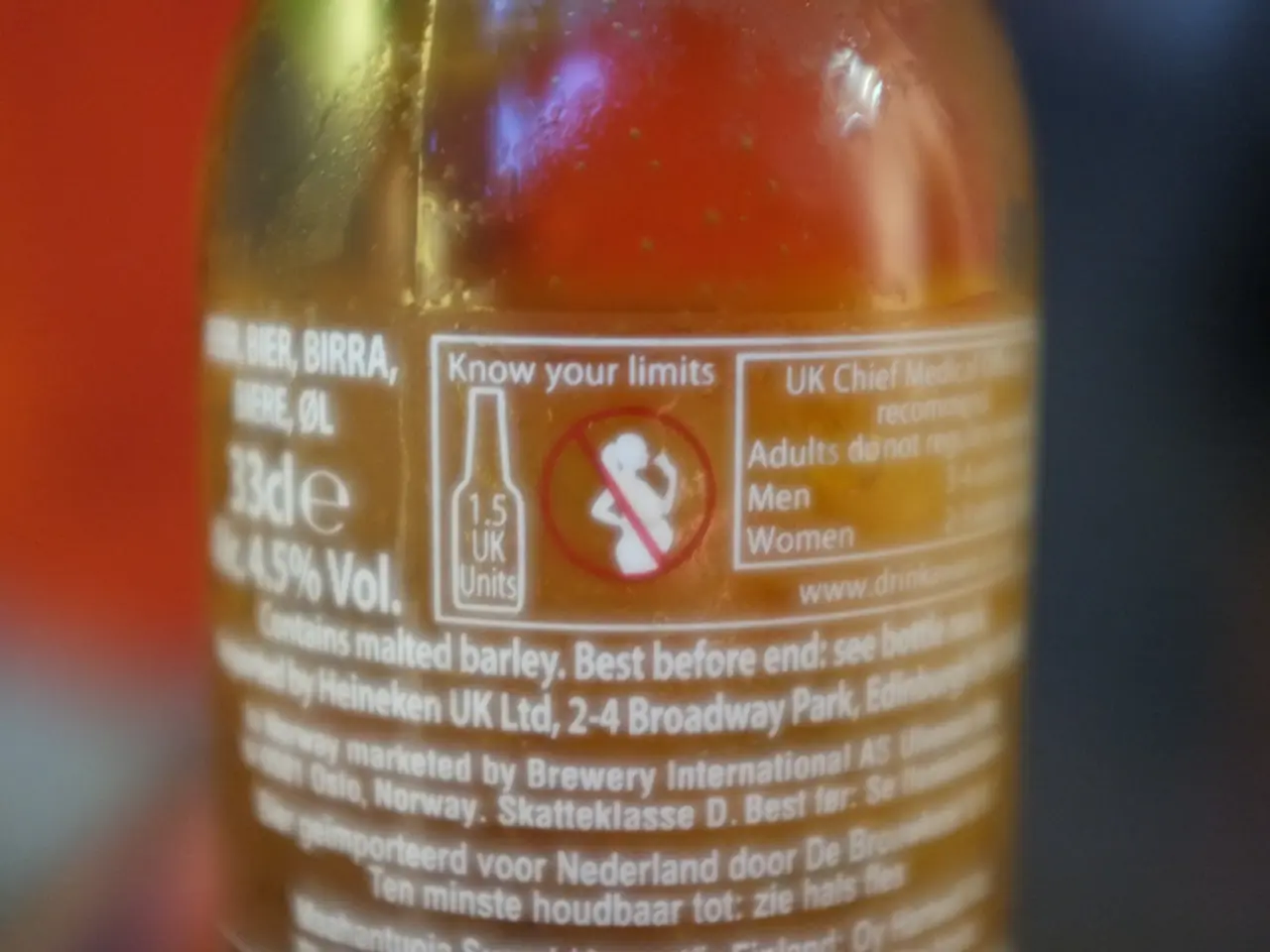Intervening in Drug Abuse and Addiction: Understanding the Process
In the realm of treating substance use disorders, the approach to intervention has evolved significantly over the years. One such method, the Johnson Intervention, developed in the 1960s, involves a structured confrontation by family and friends to persuade an individual to enter treatment. However, contemporary research and clinical guidelines are leaning towards evidence-based treatments that focus on medical management, behavioural therapies, and addiction consult services.
The Johnson Intervention, named after its creator Vernon Johnson, was a confrontational approach that aimed to compel an individual to seek treatment. Yet, recent scientific consensus and high-quality studies emphasise more integrated, medical, and behavioural treatments rather than coercive or confrontational models like the Johnson Intervention.
For instance, a study published in JAMA Network Open in August 2025 focused on addiction consult services, demonstrating that these interprofessional services reduced emergency department admissions but did not significantly change mortality or overdose rates [1]. Other research highlights combined pharmacotherapy and behavioural treatments, such as buprenorphine with counselling, as the most effective approaches for opioid addiction [4]. Behavioural therapies also play a significant role in improving outcomes in substance use disorder treatment.
Despite the historical significance of Johnson Interventions in raising awareness, they lack robust support from recent clinical trials or meta-analyses. Modern consensus favours less confrontational, more supportive, and evidence-based treatment methods tailored to individual needs and physiological dependence. Coercive or confrontational methods like Johnson Interventions have been criticised for potentially increasing resistance and decreasing engagement in voluntary treatment.
Working with a professional interventionist can help set the tone and offer insight into strategies for successful interventions. However, it's important to note that the notion of "rock bottom" is flawed and archaic. This concept, often associated with the Johnson Intervention model, assumes that a person must hit "rock bottom" before they are willing to seek care. However, recent research has not tested this claim.
Entering treatment does not guarantee optimal outcomes, as an individual may still relapse or leave treatment early. Moreover, family conflict can arise during interventions due to their confrontational nature. It's crucial to ensure that only people who have positive relationships with the individual are involved, avoiding those who are judgmental or emotionally abusive. Threatening the individual or using the intervention as a chance to relitigate family disputes should also be avoided.
Minimising a person's trauma or difficulties during an intervention is not advisable. Instead, it's essential to approach the situation with empathy and understanding, acknowledging the challenges the individual faces. Removing financial barriers to treatment, including researching affordable options or helping to pay, can aid in a successful intervention.
In conclusion, while Johnson Interventions have played a role in raising awareness, current scientific consensus prioritises integrated addiction consult services, medication-assisted treatments, and behavioural therapies over Johnson-type confrontations. It's crucial to approach substance use disorder interventions with empathy, understanding, and evidence-based practices to ensure the best possible outcomes.
[1] JAMA Network Open (2025). Interprofessional addiction services in emergency departments. [Online]. Available: https://jamanetwork.com/journals/jamanetworkopen/fullarticle/2775820
[4] National Institute on Drug Abuse (2020). Principles of Drug Addiction Treatment: A Research-Based Guide (Third Edition). [Online]. Available: https://www.drugabuse.gov/publications/principles-drug-addiction-treatment-research-based-guide-third-edition/principles-effective-treatment
The Johnson Intervention, an approach popularized in the 1960s, has been replaced in modern practices by evidence-based treatments that emphasize medical management, behavioral therapies, and addiction consult services. The developing field of health-and-wellness and mental health now prioritizes less confrontational, empathetic, and individual-centered therapies and treatments, over coercive or confrontational methods such as the Johnson Intervention.
Contemporary studies have shown that approaches combination pharmacotherapy and behavioral treatments, like buprenorphine with counselling, have proven to be the most effective for managing opioid addiction, rather than relying on outdated confrontational methods like the Johnson Intervention.








